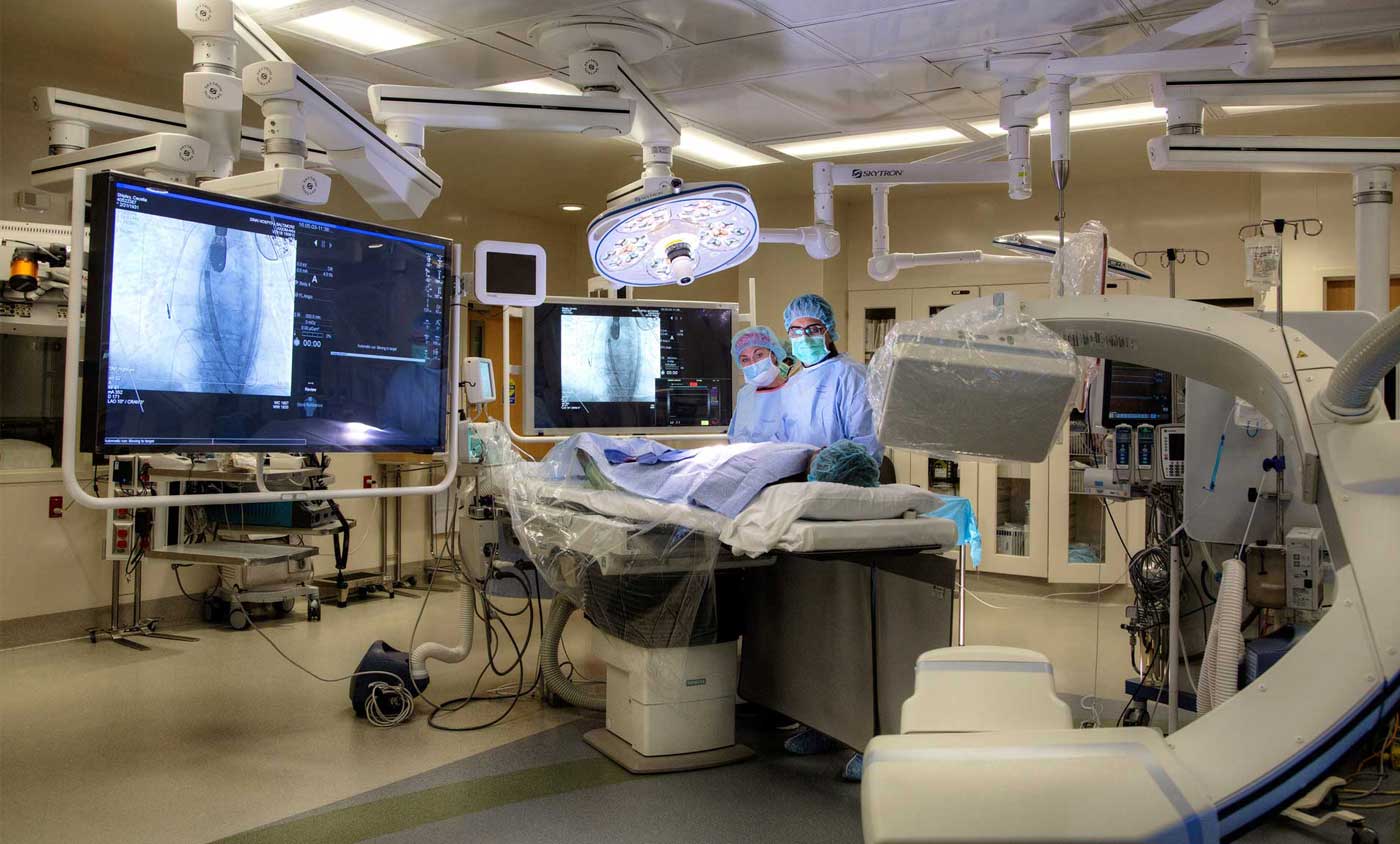Of all the clinical areas in any hospital, X-Ray, CT, and Fluoroscopy need much more planning and co-ordination than any other thing imaginable. This is mostly due to the fact that the equipment used and its implications on the building structure and services is much more complex with the exception of the MRI. We will deal with MRI in another article and will only discuss factors to be considered while designing an X-Ray room, which, in principle will hold for the CT & Fluoroscopy rooms as well.
Room Dimensions, Entrance and Access Route
As X-Rays are large and heavy pieces of kit, first and foremost consideration should be: Can the largest part be brought to its intended location from the entrance via any corridors and lifts? You should consult the equipment manufacturer’s specific model pre-installation guide before you make the purchase and involve an architect to ensure the kit will pass through all doors and corners and will not get stuck in the lift doors (if the location is not on ground floor)!
The manufacturers will advise of the critical room dimensions for the equipment to work and intended clinical procedures to be carried out successfully with regards to the prevailing local regulations.
Structure
As clinicians will know, X-Ray equipment consists of the floor mounted table, wall mounted chest bucky and (mostly) ceiling mounted X-Ray tube. In addition, there is the operator’s control console and the generator cabinet with a couple of Emergency Stop buttons.
The ceilings and walls must be strong enough to not only take the weight of these items but have proper pattresing to attach the equipment as recommended.
All these pieces of equipment require power and interaction hence cables run between these items. With the table being in the middle of the room, there is a need for having a floor trunking with removable lid between the wall and the table to house any cables. The exact location, dimensions and details of this trunking must be established with the equipment manufacturer. If your hospital is a new build, you need to pass that information together with the floor loading and ceiling slab deflection and minimum vibration requirements to your structural engineer and the architect. If it is an existing building, you are best advised to establish the above requirements and involve your builder, architect and a structural engineer before purchasing the equipment.
Most probably, the services between the floor mounted equipment and the ceiling mounted tube will be run on surface mounted floor to ceiling wall trunking with removable lid.
Make sure that the ceiling is strong enough to take the load of the tube and that the area above does not have any equipment or plant that makes vibrations. In addition, the veiling mounted tube glides along the length of the table on two rails. These rails are mounted on secondary steel attached to the ceiling. This secondary steel is usually UniStrut or MarsStrut which are registered trademarks and you will normally employ specialist sub-contractors to install these as the radiographic equipment suppliers work once the room is complete with all services available, secondary steel installed and floor and wall trunkings and high level cable trays in place and room finished to builder’s clean.
Services & Environment
Will suffice to say that you will require power and data (check if broadband) as per the manufacturer’s specification. The equipment will generate significant heat and hence cooling will also be required. Make sure you ask whether humidity control is also required as generally people do not understand differences between comfort cooling, air-conditioning and humidity control.
There will usually be an emergency stop button at the control console and another possibly near the table.
The actual location of all services and equipment will have to be precise according to the supplied drawings provided specifically for your project by the equipment manufacturer.
Radiation Protection
Depending on the equipment, room size and location of the equipment and adjacent areas, a qualified Radiation Protection Advisor must be employed to advise on what materials must be used for walls and doors (and floor and ceiling if required) to ensure the X-Ray equipment radiation is contained an does not harm anyone. (The operator in the room operates from behind a lead screen).
I hope that the above main points will help you think and plan ahead when you want to add/update your next imaging room and will allow you to quiz manufacturers, builders, architects and engineers involved to give you the best and most effective and economical solution for your money!

